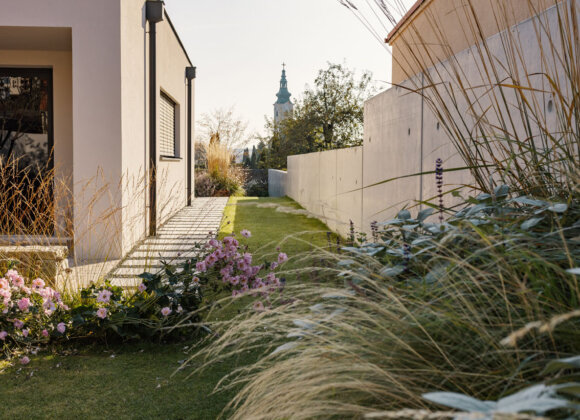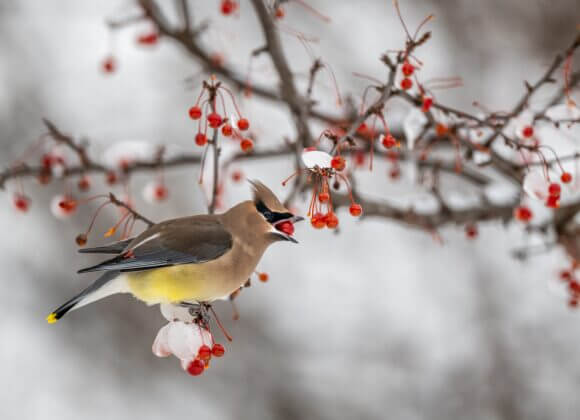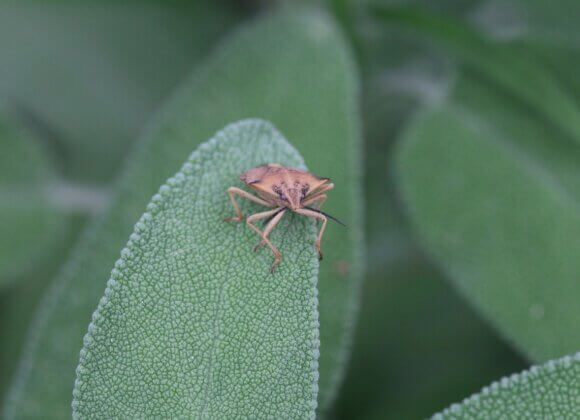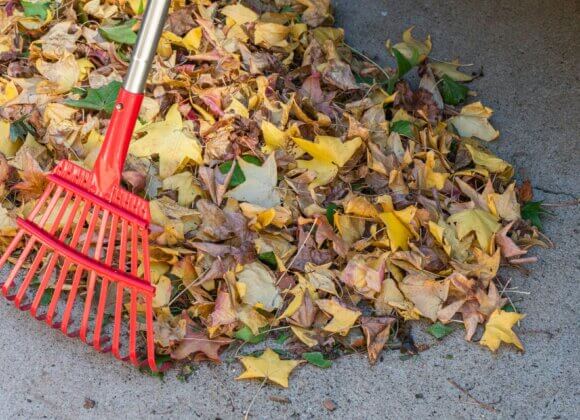Spring is buzzing, summer is humming – but what happens when things suddenly go quiet in the garden? The decline in bees, bumblebees and butterflies is an alarm signal for our ecosystem. Garden expert Reinhard Kittenberger knows how we can counteract this with simple means. A conversation about the return to diversity, the right amount of wildness – and why even small gardens and balconies can make a big difference.
One thing should be said right at the beginning: “We’re not just talking about bee-friendliness, we’re talking about life-friendliness,” says Reinhard Kittenberger. The garden expert and founder of Kittenberger Erlebnisgärten in Schiltern, Lower Austria, sees gardens as places of retreat – not just for people, but also for insects, amphibians, birds and plants. “If we no longer have any animals in our gardens, then our lives – and those of the animals – will no longer be possible.” This makes it all the more important to design gardens as habitats again: with a variety of flowers, nesting opportunities, dead wood, rock piles, old wood, piles of leaves and retreats for wild bees, bumblebees, lizards and frogs.
Back to the roots – old varieties, great effect
According to Kittenberger, an insect-friendly garden thrives above all on originality – not breeding. “Many plant species have been bred for beauty in recent decades, not for utility.” The result: double flowers that are beautiful to look at, but worthless for bees and insects “because there’s nothing for them to get.” His plea: use old wild forms. “My forsythia, for example, which my father planted, is a wild form. And bees naturally visit it because they find the food they are looking for there.” In addition to the forsythia mentioned above, Kittenberger says that open-flowering shrubs such as blackthorn, hawthorn and Crataegus are particularly valuable – as is the large white-flowering shrub that Kittenberger has just walked past in his nursery: “Hundreds of bees on a single bush – that’s biodiversity in action.”
Variety throughout the year – food from January to December
Bees and other pollinators need food all year round. “I’m always proud when I walk through our adventure gardens in January and find a flowering corner somewhere,” says Kittenberger. Even in sub-zero temperatures, snow lilies, winter snowball or winter mahonia are in bloom – and the first wild bees emerge immediately when the sun shines. In spring, dwarf spireas or weigelia or simple fruit trees provide a rich table of insects. In summer, hydrangeas, hibiscus, butterfly bushes or fragrant herbs take over. The mix is important – and the deliberate use of flowering gap fillers throughout the year.
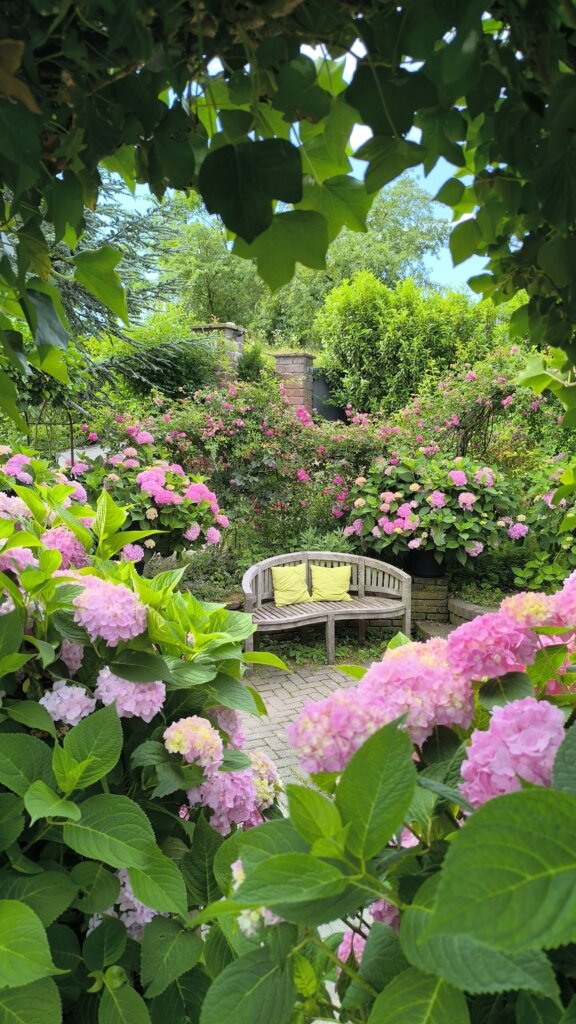
Herbs that are fragrant – but not for everyone
But not every plant that smells wonderful is popular with insects. “Lavender and rosemary, as well as many types of mint, are wonderful for us – but often uninteresting or even off-putting for insects,” explains Kittenberger. This is precisely why it makes sense to consciously zone garden spaces: “Herbs where people sit – flowering plants where insects find food.” This creates a garden that provides space for both humans and animals.
Even small gardens and balconies can make a big difference
Incidentally, this not only works in gardens, but also on terraces and balconies. “You don’t need a hectare,” emphasizes the garden professional. Even small front gardens or balconies can be made bee-friendly. The choice of plants is crucial. Dwarf shrubs such as weigelia or spireas, simple hydrangeas and wild roses are just as valuable as a single fruit tree in a small front garden. Even the flower box can be planted sensibly: “I’m a huge fan of pelargoniums,” says Kittenberger. “Open flowers, intense colors – and countless bees on them.” Bold color combinations – red, orange, pink – are also in demand again. “Nature is allowed to stand out.”
Wildflower mix? Absolutely – but with caution
And what does the ORF gardening expert think about wildflower mixtures that are already available to buy? Marketing gimmick or useful? “Ready-made flower meadow mixtures”, emphasizes Kittenberger, “definitely make sense. I also use them because they bring back diversity. Postscript: “Yes, some mixtures are expensive, but they are well put together. And they last. In the first year, a lot of annuals flower – in the second, perennial species such as daisies, yarrow or alchemilla take over.” Anyone who is unsure should seek advice from a garden center – or have a mixture put together individually, tailored to the location and soil.
Diversity is the future
A garden full of life is not a coincidence, but a conscious decision. “We have to learn again that it’s the simple, original things that really count,” says Kittenberger. Because without bees, there is no pollination. Without insects, no fruit. Without diversity, no future. And that begins – with a single shrub.
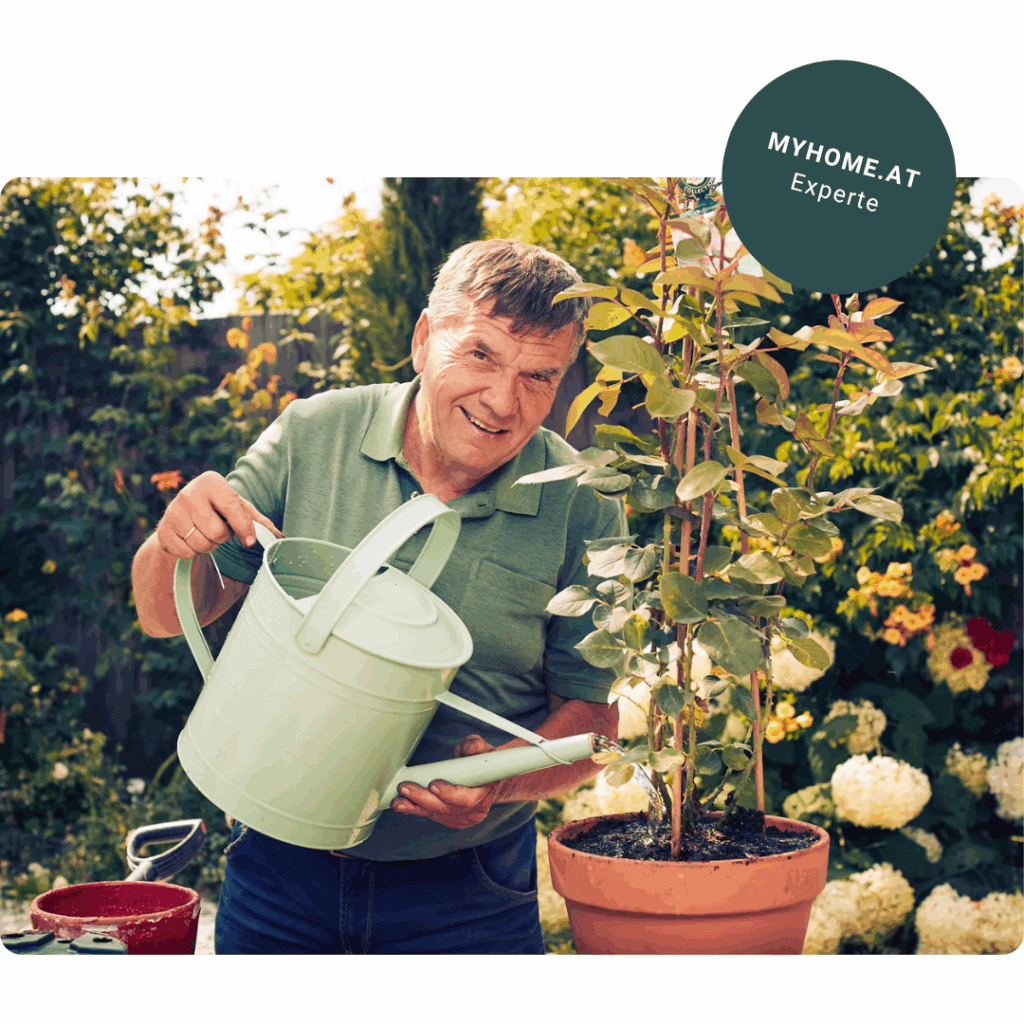
Reinhard Kittenberger is a garden expert, entrepreneur and founder of Kittenberger Erlebnisgärten in Schiltern, Lower Austria. There, he and his team design natural garden spaces that combine creativity, craftsmanship and ecological responsibility. With a passion for biodiversity, sustainability and the beauty of the “garden as a living space”, he is now one of the best-known garden designers in the country.
Related posts:





